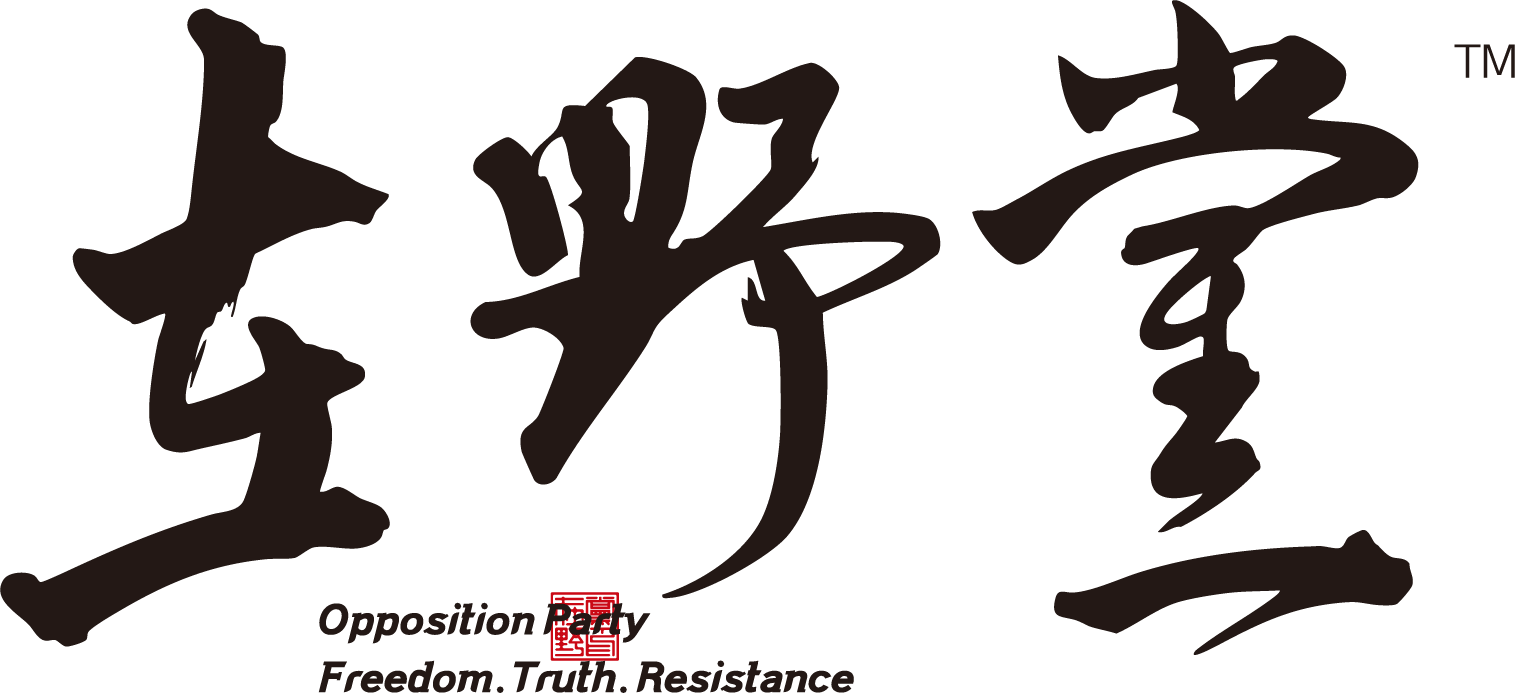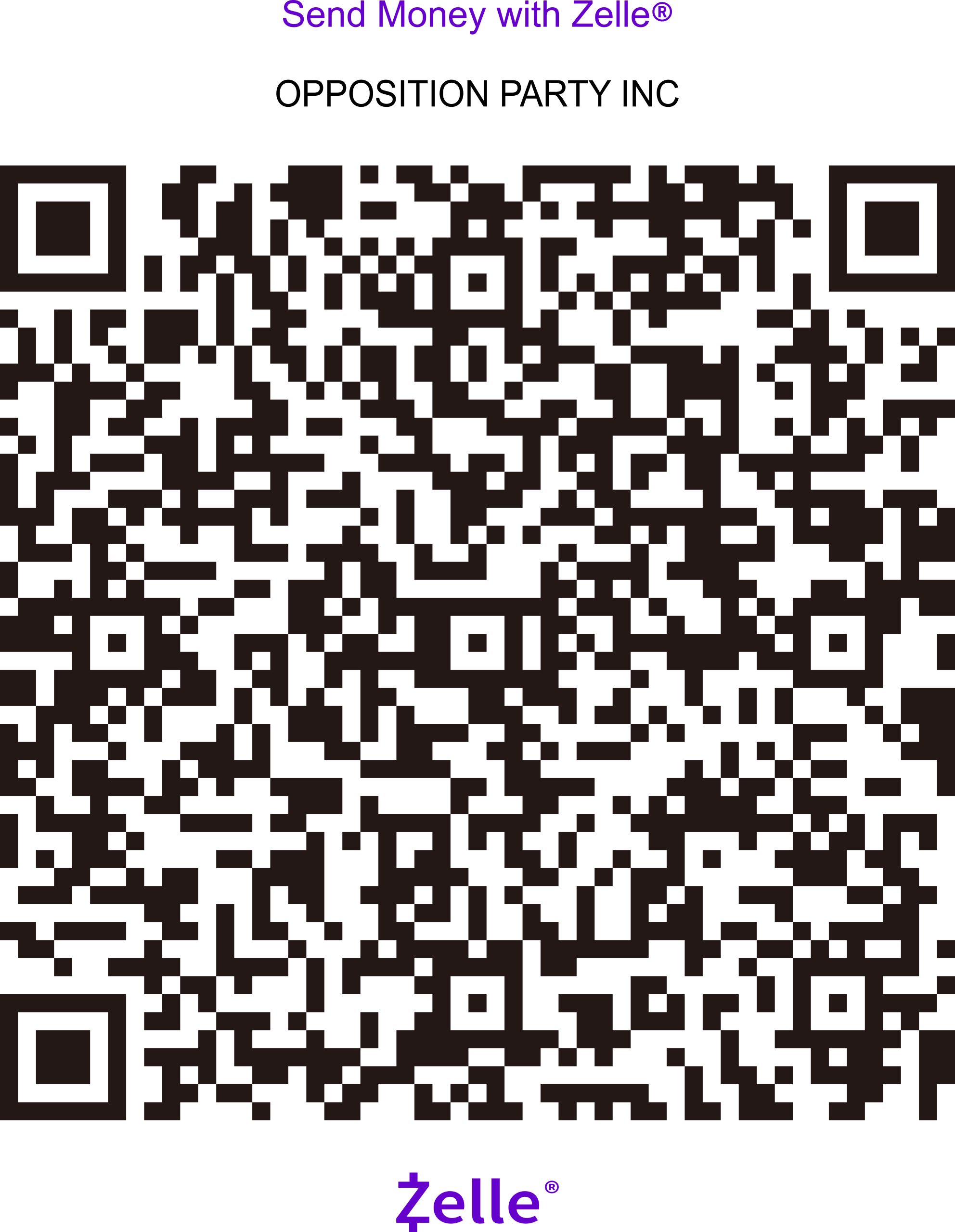作者:张致君
编辑:何清风 责任编辑:罗志飞 翻译:何兴强 校对:冯仍
“世上有两样东西最怕热:一个是谎话,一个是镜头;偏生手心一热,它们就开始滴水。“
镜头是冷的。厂里出来时,它的心不过一块玻璃加几片金属;拿在手里,贴上皮肤,才慢慢升温。温度从哪里来?从掌心,从呼吸,从不合时宜的好奇。有人不喜欢这种温度,觉得发热的镜头像发炎的眼睛,会把不该长出来的东西拍出来。于是他们主张给镜头降温:罩袋、封存、断电、停用。冷到一定程度,镜头就学会“自我毁灭”:只拍风景,只拍花,只拍庆典的笑。
2022年冬天,有一只镜头拒绝降温。它被人举在街头,举得比白纸还高。镜头里,风从东到西,人从南到北,灯从亮到更亮。镜头没有说话,声音从四面八方撞进来,再从它背面无声地散开。它不过是个孔,却比许多嘴都会记事。
拿着镜头的人,我见过。他走路不快,像怕踩痛街上的影子。别人举口号,他举光圈;别人念标语,他念快门。他的肩不宽,肩上的带子却很稳,一头连着镜头,一头连着他不太出名的名字。名字后来出名了,是因为镜头有了温度——温度惹事。
我常思考,镜头为什么“惹事”?因为镜头记得太多。它记得人群里那只抖了一下的手,记得纸边的一滴雨,记得警觉从一双眼睛里迅速逃走,又从另一双眼睛里迅速回来。镜头是个忠诚的叙述者,忠诚到不肯删掉“无关紧要”的抖动与迟疑。不删的人,往往要被删掉。于是,镜头被套上袋子,名字被按在桌上。按住者微笑道:都是程序,别急。
程序是温柔的,它让冷变得理直气壮。冷的好处很多:器材不坏,记录不乱,解释不累。只是街头因此降到零度,零度之下,许多呼吸不见雾了,看起来像没有。没有呼吸的城市,睡得很沉——沉得像石头扔进湖底,不起泡,连鱼也不惊。
有人说:“镜头没有立场,它只是光学。”这话对,也不对。镜头确实只会进光,却会把光引向某个人的脸。那一刻,立场就长出来了,无需表态。镜头对准哭,哭就有位置;镜头对准笑,笑就有分寸。更多时候,镜头对准等待——排队、核酸、出示、扫码。等待久了,人会忘记自己在等什么,于是镜头替他记。最可怕的不是镜头看见了你,是你习惯镜头看见你;更可怕的是,你习惯镜头不看见你——你成了背景,被无害化地擦掉。
我认识一个修机的老匠,他告诉我:镜头若长期不拍,会生霉;若只拍一种,霉会长在眼里。他说这话时,用布擦自己的眼镜,布上落下灰,灰里有微小的光点。光点像水里的盐,尝不出味,却让水有了性格。
后来,事情如你所知:有人来敲门,镜头被装袋,名字被装进另一只袋。袋子有口,口上有绳,绳扎得紧。紧到什么程度?紧到舌头也跟着打结。于是传媒上出现了一种新句法:被动、抽象、无名。它们像三位德高望重的老师,教你如何把一个夜晚改写为“某地某时发生情况”,再把“人”改写为“有关人员”,把“看见”改写为“据称”。据称久了,连据称的人也开始据称自己。
可镜头的温度不是据称。它是当时、当场、当面——是风经过玻璃时起的那一层雾,是手心因为握紧而出的一点汗。温度一旦存入画面,就像把手印按进湿泥,干了也在。有人想磨掉,于是派来一队解释,拿着抛光机,对着泥印一顿打磨。打磨的声音不小,像一支乐队在演出。演出结束,台上很亮,台下很暗。亮处说:看,地面整洁如新;暗处却有人摸索到一道浅浅的凹,像一只没化好的皱纹。
我去看过那条街。白天,行人稀少,咖啡馆里的杯子很薄,薄到几乎听得见指尖摩挲的“沙”。我坐在靠窗的位置,窗外风把落叶翻了一遍又一遍,翻到背面,背面还是叶。柜台上的电视在放新闻,新闻说“秩序井然”。井然两个字落地很稳,稳得连杯垫都不偏。偏的是我心里那颗螺丝,拧得太紧,咬住不松。我把杯子端起来,照着窗口,杯里倒映出街对面一扇门——有人曾在那扇门后按下REC。现在门关得严丝合缝,像纸封了一层漆。
我忽然想到,那镜头拍下的并不只是人群,是时间。时间通常无影,镜头给它找了一件外套:冷、亮、白。穿上外套的时间被递给我们看,我们接在手里,有的人手心热,有的人手心凉。我不知那位举镜的人此刻手心什么温度,只知他的名字被许多嘴说过,又被许多句式吞回。吞回去的名字会去哪儿?大概落进嗓子后面那条狭窄的沟,和咽口水的动作挤在一起,时不时哽一下。
写到这,我本想抒一口气,偏偏气卡在肋下,进退两难。于是想起一个笨法子:把镜头比作灯。灯不必须照亮正义,灯只负责让你看清屋里的家具——沙发在左,桌在右,门在正对面,谁坐下、谁站起、谁绕到镜头背后去了。看清之后,你还是可以选择不开口;不开口,不等于没看见。灯的温度来自灯丝,灯丝细,易断。灯一旦灭,屋里的人会说:本来也没什么可看的。我不劝他们,我只在门框上摸了一把,那儿有一道极浅的划痕,像曾被谁急急忙忙抓过一次。
我收好笔,像把镜头收入袋。与那只“被收入”的袋不同,我这只袋没有绳子,只有一枚扣。扣很松,风一吹就开。开了也不紧要,稿纸会翻一页,白页露出来,白得像一面微型的幕。幕上没有影,只有温度。温度看不见,摸得着。你若把手心贴上去,会觉得它不烫,只是暖。暖到什么程度?暖到记忆还敢伸手,暖到夜里也不太冷。至于更多,我不说了。说多了,镜头要起雾。雾里的人看起来都像好人,这不好。
若你问,镜头究竟该几度?
我答:不冷不热,正好烫手。
烫一下,便知还活着。
The Pandemic Trilogy (III) — After the Film
Abstract: In the winter of 2022, there was a lens that refused to cool down. It was raised in the streets, higher than a blank sheet of paper. Others raised slogans, it raised an aperture; others chanted banners, it clicked shutters. I suddenly realized, what the lens captured was not only the crowd, but time itself. Time is usually without shadow, and the lens found it a coat: cold, bright, white.
Author: Zhang Zhijun
Editor: He Qingfeng
Responsible Editor: Luo Zhifei
Translation: He Xingqiang
“There are two things in this world most afraid of heat: lies and lenses. The moment the palm warms, both begin to drip.
A lens is cold. When it leaves the factory, its heart is nothing but glass and metal. Only when held in the hand, pressed against skin, does it begin to warm. Where does that warmth come from? From palms, from breath, from inconvenient curiosity. Some dislike this warmth, believing that a heated lens is like an inflamed eye—it reveals things that shouldn’t have grown. And so they propose to cool the lens: cover it, seal it, cut its power, forbid its use. Once chilled enough, the lens learns to ‘self-destruct’: shooting only landscapes, flowers, and smiling faces at ceremonies.
But in the winter of 2022, there was a lens that refused to cool. It was raised in the streets, higher than white paper. Through it, wind blew east to west, people moved south to north, and lights shone brighter and brighter. The lens did not speak; sounds crashed into it from all directions and slipped silently out its back. It was only a hole, yet it remembered better than many mouths.
I saw the man holding it. He walked slowly, as if afraid to step on shadows. Others raised slogans, he raised an aperture; others shouted banners, he pressed shutters. His shoulders were not broad, yet the strap upon them was steady—one end tied to the lens, the other to his little-known name. That name became known later, because the lens had gathered warmth—and warmth causes trouble.
I often wonder, why does the lens cause trouble? Because it remembers too much. It remembers the tremor of a hand in the crowd, a raindrop on the edge of paper, the flash of vigilance fleeing one pair of eyes and rushing back into another. The lens is a faithful narrator, too faithful to delete “irrelevant” tremors and hesitations. Those who refuse to delete are often deleted themselves. So, the lens was bagged, the name pressed against a desk. The one pressing smiled: “It’s just procedure, don’t worry.”
Procedure is gentle. It makes coldness sound justified. Cold has many advantages: equipment lasts, records stay orderly, explanations need not tire. Only the street drops to zero degrees. Below zero, many breaths no longer show as mist, so it seems there are none. A city without breath sleeps heavily—like a stone sinking to the lake bottom, without bubbles, startling not even a fish.
Some say: “A lens has no stance, it is only optics.” True, and not true. A lens merely admits light, but light always falls on someone’s face. In that instant, a stance is born, even without declaration. When the lens points at weeping, weeping has a place; when it points at laughter, laughter has a scale. More often, the lens points at waiting—waiting in lines, for tests, for codes, for scanning. Wait long enough, and people forget what they wait for, so the lens remembers for them. The most frightening thing is not that the lens sees you, but that you grow accustomed to being seen by it; worse still, that you grow accustomed to not being seen by it—you fade into the background, harmlessly erased.
I knew an old repairman. He told me: if a lens lies unused too long, it grows mold; if it shoots only one kind of thing, the mold grows in the eyes. As he spoke, he wiped his glasses. The cloth caught specks of dust, and in the dust glittered tiny points of light. Like salt in water—tasteless, yet giving water its character.
Later, events unfolded as you know. Someone knocked at the door, the lens was bagged, the name put in another bag. The bag had a mouth, tied with a cord—tied so tight the tongue knotted with it. Thus, the media birthed a new grammar: passive, abstract, anonymous. Like three venerable teachers, they taught how to rewrite a night into “an incident occurred at a certain place and time,” how to turn “a person” into “relevant personnel,” how to turn “saw” into “reportedly.” Repeat “reportedly” long enough, and even the person reported begins to “reportedly” themselves.
But the warmth of a lens is never “reportedly.” It is immediate, present, face-to-face—the fog forming when wind brushes glass, the drop of sweat from a tightened palm. Once preserved in an image, warmth is like a handprint pressed into wet clay—it hardens, but remains. Some try to grind it away, sending in a team of interpreters with polishing tools, scouring the mark with a noise like a band performance. When the show ends, the stage is bright, the audience dark. The bright say: look, the floor is spotless. But in the dark, someone runs their hand over a faint groove, like a wrinkle that never smoothed.
I visited that street. By day, few passersby. The cups in the café were so thin you could almost hear the sand of fingertips sliding over them. I sat by the window. Outside, the wind flipped fallen leaves again and again—their backs, still leaves. On the counter, the TV played the news: “orderly and stable.” The words landed so firmly, even coasters didn’t budge. What shifted was the screw in my heart, wound too tight to release. I lifted my cup toward the window. Reflected in the glass was a door across the street—once, someone had pressed REC behind it. Now it was shut, sealed as if lacquered over paper.
And I thought again: what that lens captured was not only people, but time. Time, usually invisible, was given a coat by the lens: cold, bright, white. Time clothed, handed to us. Some palms warm, some palms cool. I do not know the temperature of the palm holding that lens now, only that his name was spoken by many mouths, then swallowed back by many phrases. Where do swallowed names go? Likely down the narrow throat-gully where gulps of water squeeze, sometimes choking on the way.
Writing this, I tried to breathe out—but the breath stuck under my ribs, unable to move. Then I thought of a clumsy comparison: a lens is like a lamp. A lamp need not shine for justice; it only shows the furniture in the room—sofa left, table right, door ahead, who sat, who rose, who slipped behind. After seeing, you may still choose silence. Silence does not mean unseen. The lamp’s warmth comes from its filament—thin, fragile, breakable. Once the light dies, the people inside will say: there was nothing to see anyway. I do not argue. I only touched the doorframe. There, a shallow scratch remained, as if someone once grasped it in haste.
I put away my pen, as if tucking a lens into its bag. Unlike the “confiscated” bag, mine had no rope, only a clasp—loose, easily opened by a gust. No matter: the manuscript will turn a page, revealing a blank one, white like a miniature screen. No shadow upon it, only warmth. Warmth invisible, but tangible. If you press your palm against it, you’ll find it not scalding, only warm. Warm enough that memory dares reach out; warm enough that the night isn’t too cold. Beyond that, I’ll say no more. Say too much, and the lens fogs. In the fog, everyone looks like a good person—that isn’t good.
If you ask: what temperature should a lens be?
I answer: neither cold nor lukewarm, but hot to the touch.
Hot enough to know you’re still alive.







